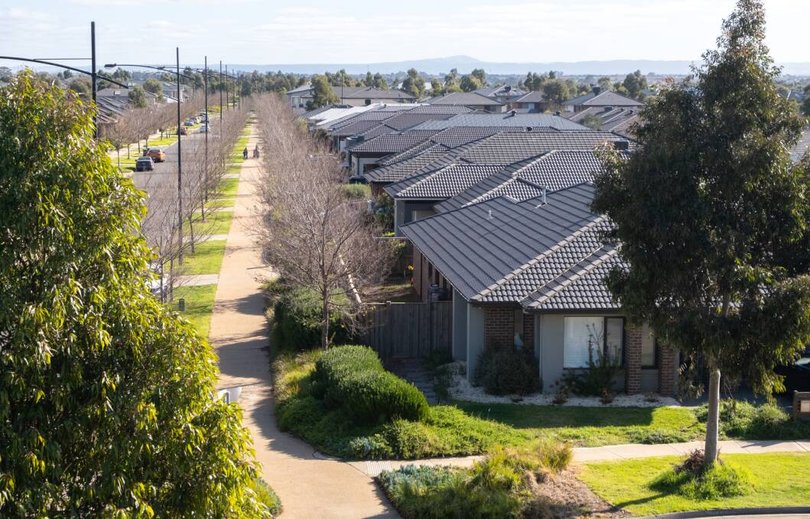What you need to know about new home lending restrictions

Borrowers may face tougher conditions when they go for a home loan after an announcement on new borrowing limits on banks.
The Australian Prudential Regulation Authority (APRA) announced on Thursday that it would limit high-debt-to-income lending.
It is a move that is set to affect both owner-occupiers and investors, and comes as APRA has "observed a pick-up in some riskier forms of lending over recent months" according to a statement.
Sign up to The Nightly's newsletters.
Get the first look at the digital newspaper, curated daily stories and breaking headlines delivered to your inbox.
By continuing you agree to our Terms and Privacy Policy.It comes as "housing credit growth has picked up to above its longer-term average and housing prices have risen further."
So what is the actual restriction on?
It's on the banks, but could have an effect on those lending in the future.
What APRA is cracking down on is new mortgages where lending is at debt of six times income or more. This is considered to be high Debt to Income (DTI) lending.
From February 1 next year, banks will have to limit the number of new loans at six times income or more to only 20 per cent of their new mortgages.
APRA chair John Lonsdale said while there were only a small number of banks and approved lending institutions that are expected to be near that 20 per cent limit.

However the authority was getting on the front foot.
"Rising indebtedness has in the past often been associated with an increase in riskier lending and rapid growth in property prices," Mr Lonsdale said.
"At this point, the signs of a build-up in risks are chiefly concentrated in high DTI lending, especially to investors.
"By activating a DTI limit now, APRA aims to pre-emptively contain risks building up from this type of lending and strengthen banking and household sector resilience."
He did not rule out further restrictions on lending conditions, particularly for investors.
"We will consider additional limits, including investor-specific limits, if we see macro-financial risks significantly rising or a deterioration in lending standards," Mr Lonsdale said.
The mortgage serviceability buffer of three per cent, another APRA policy, remains and will be unaffected by the latest move.
Who will be affected?
A leading industry figure, HIA chief economist Tim Reardon has said the new restrictions could affect younger home buyers and investors more than older generations.
"Older households who have seen their wealth rise due to property growth are well capitalised and unlikely to face any restriction in access to capital, however younger people who are in a wealth accumulation phase will," Mr Reardon said.
"There are households in their 30s and 40s who purchase an investment property as part of their personal saving strategy. These types of investors are critical to a well-functioning housing market and boost the supply of rental properties.
"These interventions by APRA risk exacerbating the intergenerational inequity caused by rising home prices."
He also said that investors played an important part in housing availability.
"Investors play a critical role in solving Australia's housing crisis and we need more investors building new homes, not fewer."
High price of our mortgages
The move by APRA comes as latest data shows the high price households are paying to service mortgages as home prices climb.
Cotality Housing Affordability report released this week showed that the share of income to pay a mortgage has nearly doubled in the past five years.
Nationally it was found that to pay a new mortgage required 45 per cent of the median household income.
It also found that the median house value was now 8.9 times the median income, up from 6.6 five years ago.
Originally published as What you need to know about new home lending restrictions
